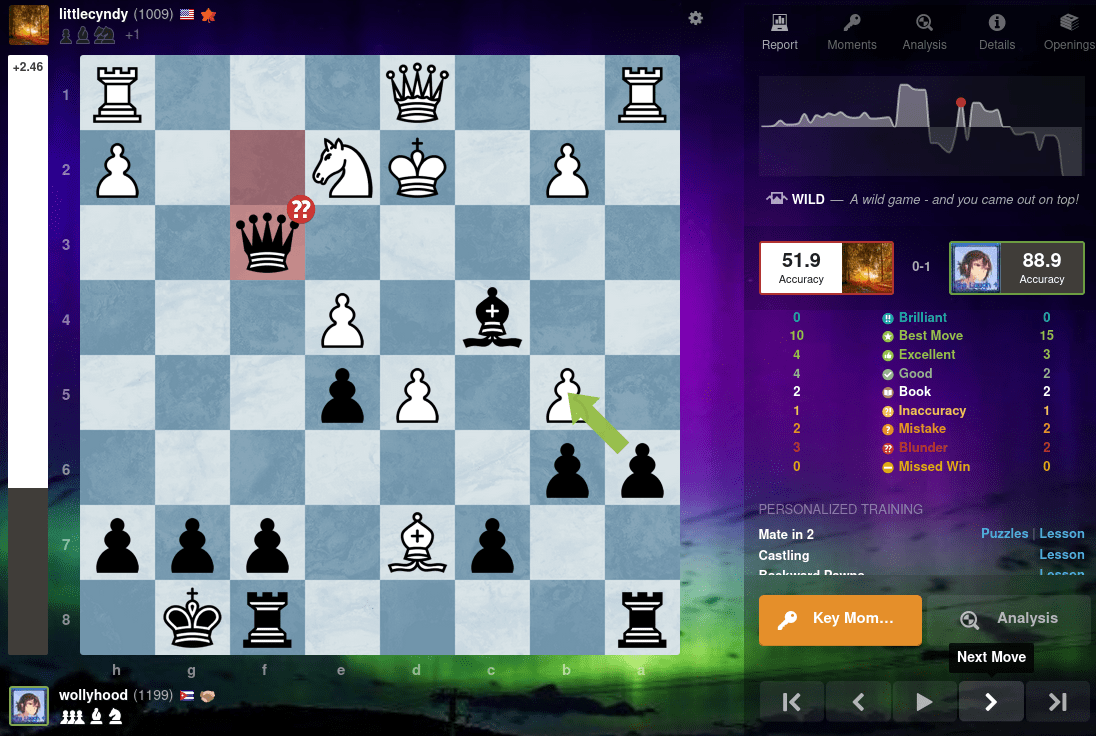Am very glad you posted this.
I am only on 1190 but I just finished this daily game, and did HEAPS of analysis, and the point I chose to make my attack well SF says it was a real blunder.
But I am not sure. I tried all the things they could have done to stop it, and remembering that they are about the same at chess as me, well....
the whole thing just makes me not trust SF very much. They thought I was giving the game away and luckily I didn't have that info - I thought I was winning, and I did.
Here is where it says I blundered:

this is the game report link https://www.chess.com/analysis/game/daily/281016258?tab=report
sorry to take your thread off topic a bit but yeh. PS I am not talking about her blunder at the very end, but I had given myself lots of ways to win.




I know engines sometimes mis-evaluate endgames, but how often do they misplay them?
For example, I've seen positions where an engine fails to recognize a fortress and thinks there's a large advantage when the position is actually drawn. But how often will a strong engine miss the opportunity to create a fortress and lose when it should be able to hold a draw. I'm assuming this must happen as a corrolary of having trouble recognizing fortresses, but can someone post examples from engine games?